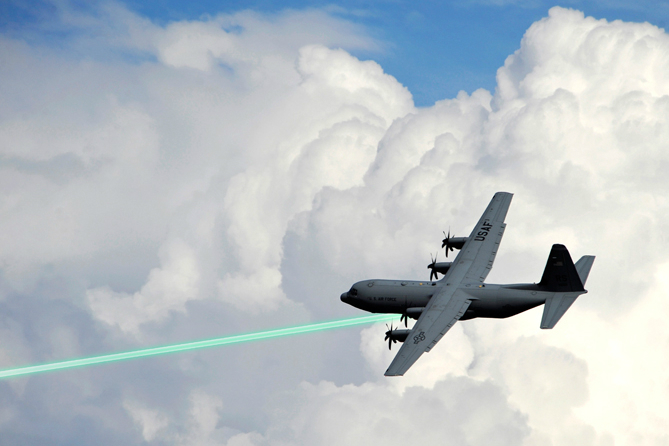
Speaking at a presentation about what Carlisle calls “Fifth-Generation Warfare,” he told Ars Technica that the Air Force is looking for something like a laser cannon that can be mounted on fighter aircraft and other manned planes within the next five years. These “directed-energy pods” placed on aircraft could, ideally, stop enemy aircraft, drones, and missiles at a lower “cost per shot” than current missiles and guns.
Not to be outdone, the Navy’s Laser Weapon System was shown off to the world at the end of last year. It uses a “directed energy weapon” to defend ships from drones, small boats, and submarines. Once locked on, the 30-kilowatt blast beam that’s about 2-3 nanometers in diameter burns up the target quickly.
Lockheed Martin also showed off its laser weapon earlier this year in a demonstration that burned through the running engine of a small truck in just seconds.
The Air Force’s laser weapon will likely be based on HELLADS, a 150-plus kilowatt system under development by General Atomics and the Defense Advanced Research Projects Agency (DARPA). Air Force leaders think the system, now in ground-based testing, could yield field-ready weapons by 2020.
Editors' Recommendations
- Autonomous drones are helping to keep a U.S. Air Force base in California secure
- U.S. Air Force’s secretive space plane bags prestigious aerospace award
- The U.S. Air Force’s secretive space plane ends record-breaking mission


